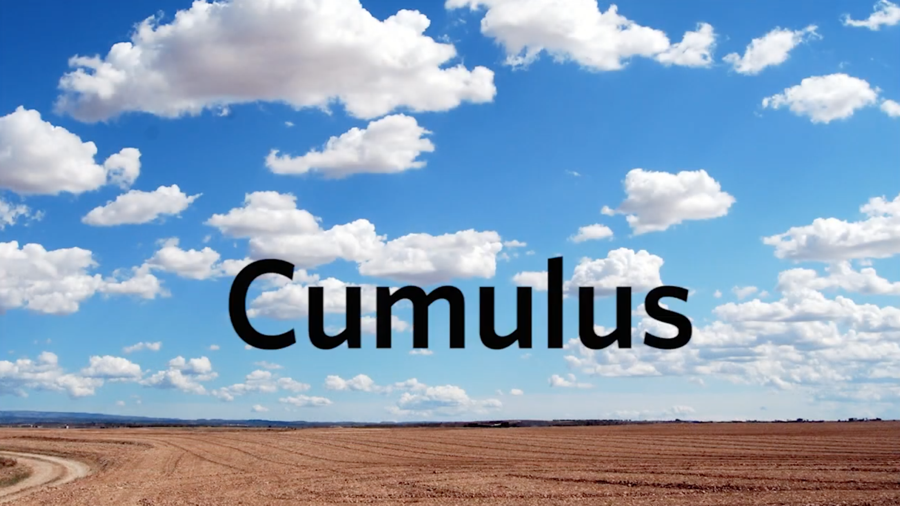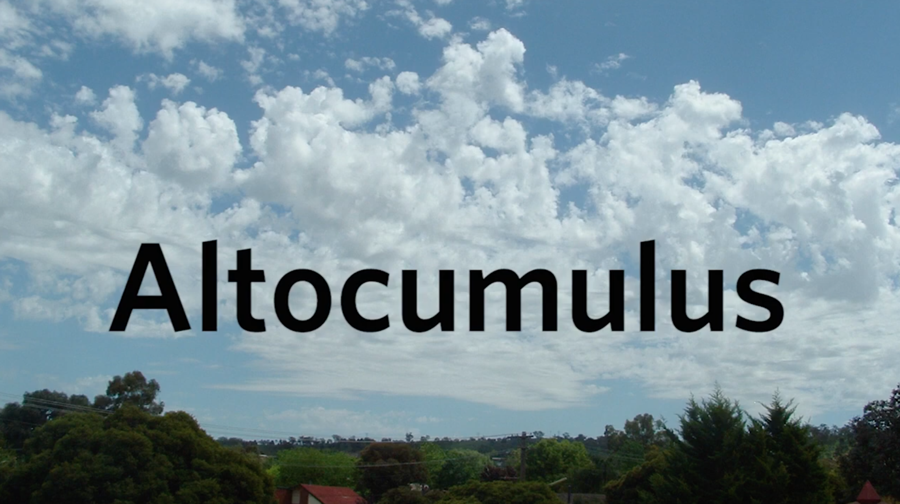Cloud names can sound like magic spells, but their Latin-rooted names convey information about their shapes, textures, and locations in the sky. Clouds are classified by those descriptions, too. From the UK’s Met Office:
“Clouds are continually changing and appear in an infinite variety of forms. The classification of clouds is based on a book written by Luke Howard, a London pharmacist and amateur meteorologist, in 1803. His book, The Modifications of Clouds, named the various cloud structures he had studied. The terms he used were readily accepted by the meteorological community and are still used across the world today.”
This short, useful video from CalAcademy’s Science Action Club shares the pronunciation of ten genera of clouds with corresponding photos.
1. Cirrus: Wispy, high-up clouds that look like feathers or thin wisps.
2. Stratus: Flat, gray clouds that cover the sky like a blanket and bring overcast weather.
3. Cumulus: Fluffy, puffy clouds that often look like cotton balls.
4. Cirrostratus: Thin, high clouds that can sometimes create a halo around the sun or moon.
5. Cirrocumulus: Small, white, puffy clouds that form high up in the sky. They often appear in groups or rows and look like a bunch of tiny cotton balls or fish scales.
6. Cumulonimbus: Big, towering clouds that bring thunderstorms with rain, lightning, and thunder.
7. Stratocumulus: Fluffy clouds that form in groups and look like big, rounded heaps floating somewhat low in the sky.
8. Altostratus: Large mid-level sheets of flat, mostly uniform clouds.
9. Altocumulus: Medium-level clouds that look like fluffy waves or ripples.
10. Nimbostratus: Thick, dark gray clouds that cover the sky and usually bring steady rain or snow.
The naming patterns: Cirro- indicates high and wispy clouds; Alto- is for middle-level ones; Strato- describes flat, relatively smooth clouds; Nimbo- notes the presence of rain; Cumulo- denotes puffy heaps of clouds.
But these aren’t the only clouds in the sky. Check out floccus, volutus, mammatus, lenticularis, and other species, varieties, supplimentary features, accessory and special clouds in the International Cloud Atlas from the World Meteorological Organization (WMO).
• Cloudspotting 101 from WhatsThisCloud.com
• Cloud Identification Guide, a WMO flow chart.
• International Cloud Atlas: The WMO’S Etymology of latin names
Watch these videos next:
• How to be a cloud detective
• How did clouds get their names?
• Why Do Clouds Stay Up?
• Cloudy, a musical animation from FriendsWithYou
• Stormscapes: A time-lapse of storm clouds and mesocyclones
Curated, kid-friendly, independently-published. Support this mission by becoming a sustaining member today.



